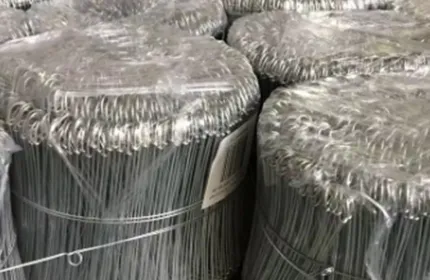-
 Phone:
Phone: -
 Email:
Email:

rock netting
Exploring Rock Netting A Sustainable Solution for Erosion Control
Rock netting, often referred to as rockfall netting or slope netting, is a practical and eco-friendly approach widely utilized in the field of erosion control and slope stabilization. As environmental concerns continue to take center stage in construction and civil engineering projects, the importance of sustainable methods like rock netting cannot be overstated.
At its core, rock netting involves the deployment of steel mesh or flexible netting materials over rock faces or slopes prone to erosion or rockfall. This process not only helps to prevent loose rocks from tumbling down but also encourages the growth of vegetation, providing a natural shield against soil displacement. The netting works by securing the existing rocks and promoting stability, which is crucial in areas where slopes are steep or geology is unstable.
One of the significant advantages of rock netting is its versatility. It can be adapted to various environments, from mountainous terrains to urban landscapes. By using different types of netting materials and designs, engineers can tailor the installation to suit specific site conditions. For example, in locations with heavy rainfall or seismic activity, stronger and more durable netting solutions can be employed to ensure long-lasting support.
Moreover, the installation of rock netting is less invasive than traditional methods, such as concrete barriers or retaining walls, which may disrupt local ecosystems
. With rock netting, there is minimal alteration to the natural landscape, and the application of the netting can facilitate the natural growth of vegetation. This not only aids in protecting the soil but also enhances biodiversity, making it a more environmentally friendly option.rock netting

Furthermore, rock netting can be a cost-effective solution. While the initial investment in materials and installation may seem significant, the long-term benefits in terms of reduced maintenance costs and extended lifespan far outweigh these initial expenses. Projects involving rock netting often see fewer instances of erosion-related damage, which in turn lowers the cost of repairs over time.
In recent years, the use of rock netting has gained traction in various sectors, including transportation, mining, and conservation. It has been employed in the stabilization of highway embankments, in mining operations to control rockfall hazards, and even in ecological restoration projects to support the regrowth of native plants.
Despite its many advantages, it is vital to consider rock netting as part of a comprehensive erosion control strategy. Combining rock netting with other sustainable practices, such as contour planting and the construction of swales, can enhance effectiveness and promote resilience in managing erosion.
In conclusion, rock netting represents a forward-thinking solution to one of the pressing challenges faced by modern infrastructure development. By prioritizing environmental sustainability and enhancing the stability of slopes, rock netting not only protects our built environment but also preserves the natural landscapes that we cherish. As engineers and environmentalists continue to explore innovative approaches to the ever-present challenges of erosion, rock netting stands out as a reliable and responsible choice.
-
Wire Mesh for Every Need: A Practical SolutionNewsJul.25,2025
-
Steel Fences: Durable, Secure, and Stylish OptionsNewsJul.25,2025
-
Roll Top Fencing: A Smart Solution for Safety and SecurityNewsJul.25,2025
-
Cattle Farm Fencing Solutions for Maximum SecurityNewsJul.25,2025
-
Affordable Iron Binding Wire SolutionsNewsJul.25,2025
-
Affordable Galvanized Wire SolutionsNewsJul.25,2025
-
Wire Hanger Recycling IdeasNewsJul.25,2025








